Filter by
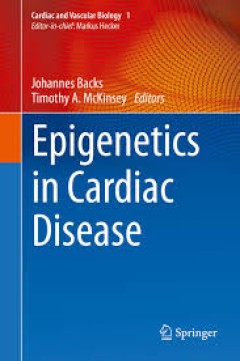
Epigenetics in Cardiac Disease
This book describes important advances in our understanding of how environmental conditions affect cardiac gene expression through epigenetic mechanisms. Further, it discusses the roles of chromatin modifications (in particular DNA methylation and histone modifications) and of chromatin regulators in the context of cardiac diseases. The book provides readers with an overview of our current unde…
- Edition
- -
- ISBN/ISSN
- 978-3-319-41457-7
- Collation
- 10 b/w illustrations, 24 illustrations in colour
- Series Title
- -
- Call Number
- -
Reactive Oxygen and Nitrogen Species Signaling and Communication in Plants
This book reviews the current state of information on reactive oxygen and nitrogen species and their role in cell communication during plant growth, development and adaptation to stress conditions. It addresses current research advances made in the area of reactive oxygen and nitrogen species (ROS and RNS) signaling. These free radical molecules are important in plant-microbe interactions, r…
- Edition
- -
- ISBN/ISSN
- 978-3-319-10079-1
- Collation
- -
- Series Title
- -
- Call Number
- 575.5
Reactive Oxygen Species and Oxidative Damage in Plants Under Stress
This book provides detailed and comprehensive information on oxidative damage caused by stresses in plants with especial reference to the metabolism of reactive oxygen species (ROS). In plants, as in all aerobic organisms, ROS are common by-products formed by the inevitable leakage of electrons onto O2 from the electron transport activities located in chloroplasts, mitochondria, peroxisomes …
- Edition
- -
- ISBN/ISSN
- 978-3-319-20421-5
- Collation
- -
- Series Title
- -
- Call Number
- 575.5
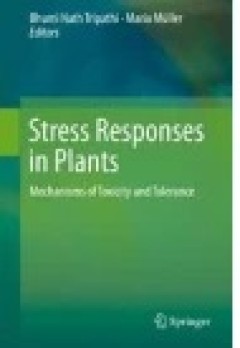
Stress Responses in Plants
This collection discusses the variety of specific molecular reactions by means of which plants respond to physiological and toxic stress conditions. It focuses on the characterization of the molecular mechanisms that underlie the induction of toxicity and the triggered responses and resistances. The nine chapters, all written by prominent researchers, examine heavy metal toxicity, aluminum toxi…
- Edition
- -
- ISBN/ISSN
- 978-3-319-13368-3
- Collation
- -
- Series Title
- -
- Call Number
- -
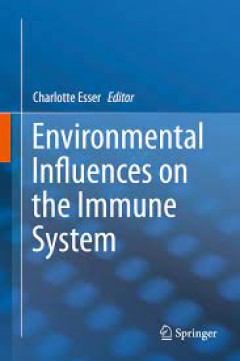
Environmental Influences on the Immune System
This book brings together articles on the overarching theme of how the environment shapes the immune system. The immune system is commonly assumed to respond to harmful pathogens such as bacteria and viruses. However, harmless bacteria, chemicals, stress, normal food and other factors can also trigger, shape or interfere with the immune system, often producing adverse effects. Yet, it is als…
- Edition
- -
- ISBN/ISSN
- 978-3-7091-1890-0
- Collation
- 17 b/w illustrations, 7 illustrations in colour
- Series Title
- -
- Call Number
- -
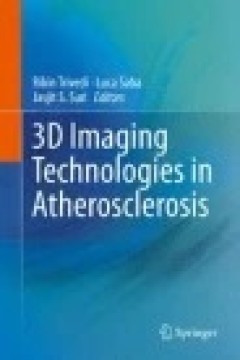
3D Imaging Technologies in Atherosclerosis
Atherosclerosis represents the leading cause of mortality and morbidity in the world. Two of the most common, severe, diseases that may occur, acute myocardial infarction and stroke, have their pathogenesis in the atherosclerosis that may affect the coronary arteries as well as the carotid/intra-cranial vessels. Therefore, in the past there was an extensive research in identifying pre-clinical …
- Edition
- -
- ISBN/ISSN
- 978-1-4899-7618-5
- Collation
- -
- Series Title
- -
- Call Number
- 612 THR t
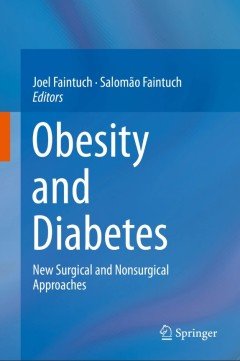
Obesity and Diabetes
This timely and clinically oriented book uniquely addresses the entire spectrum of treatment for severe obesity and diabetes. It thoroughly examines all aspects from robotic surgery to cell therapy, from the latest antidiabetic drugs to endoscopic procedures and devices, from appetite-inhibiting signals and nutrients to gastric arterial embolization. It offers objective and authoritative inform…
- Edition
- 1
- ISBN/ISSN
- 978-3-319-36101-7
- Collation
- X, 282
- Series Title
- -
- Call Number
- -
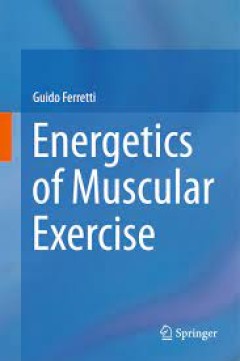
Energetics of Muscular Exercise
This book discusses the maximal power and capacity of the three major biochemical pathways - aerobic (oxygen consumption), anaerobic lactic (muscle lactate accumulation in absence of oxygen consumption), and anaerobic alactic (phosphocreatine hydrolysis) metabolism - as well as the factors that limit them. It also discusses the metabolic and cardio-pulmonary mechanisms of the dynamic response…
- Edition
- -
- ISBN/ISSN
- 978-3-319-05636-4
- Collation
- 27 b/w illustrations, 20 illustrations in colour
- Series Title
- -
- Call Number
- -
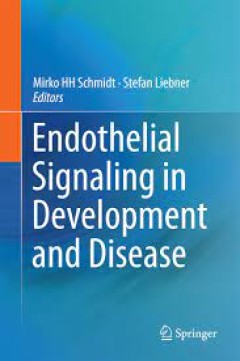
Endothelial Signaling in Development and Disease
This book surveys healthy and diseased vascular systems in a multitude of model organisms and systems. It explores a plethora of functions, characteristics, and pathologies of the vascular system such as angiogenesis, fibroblast growth factor signaling, lymphangiogenesis, junctional signaling, the extracellular matrix, vascular permeability, leukocyte extravasation, axon guidance factors, the a…
- Edition
- -
- ISBN/ISSN
- 978-1-4939-2907-8
- Collation
- 1 b/w illustrations, 48 illustrations in colour
- Series Title
- -
- Call Number
- -
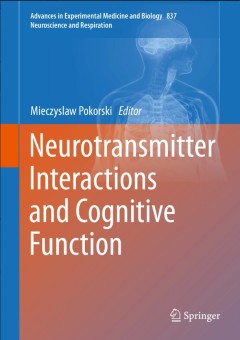
Neurotransmitter Interactions and Cognitive Function
A host of neurotransmitters and neuroactive substances underlies respiratory regulation in health and disease. The centerpiece of investigations regarding adaptation to hypoxia and sensorial perception has been the dopaminergic system. It is now clear that a complex interaction among various neuroactive substances, rather than a single one, forms the basis of respiratory changes. The research o…
- Edition
- 1
- ISBN/ISSN
- 978-3-319-10005-0
- Collation
- IX, 67
- Series Title
- Advances in Experimental Medicine and Biology
- Call Number
- -
 Computer Science, Information & General Works
Computer Science, Information & General Works  Philosophy & Psychology
Philosophy & Psychology  Religion
Religion  Social Sciences
Social Sciences  Language
Language  Pure Science
Pure Science  Applied Sciences
Applied Sciences  Art & Recreation
Art & Recreation  Literature
Literature  History & Geography
History & Geography